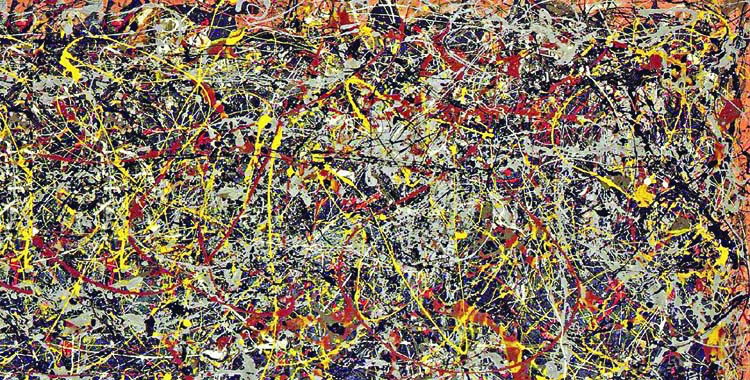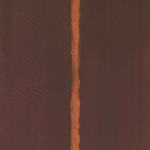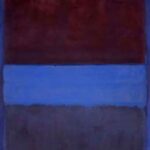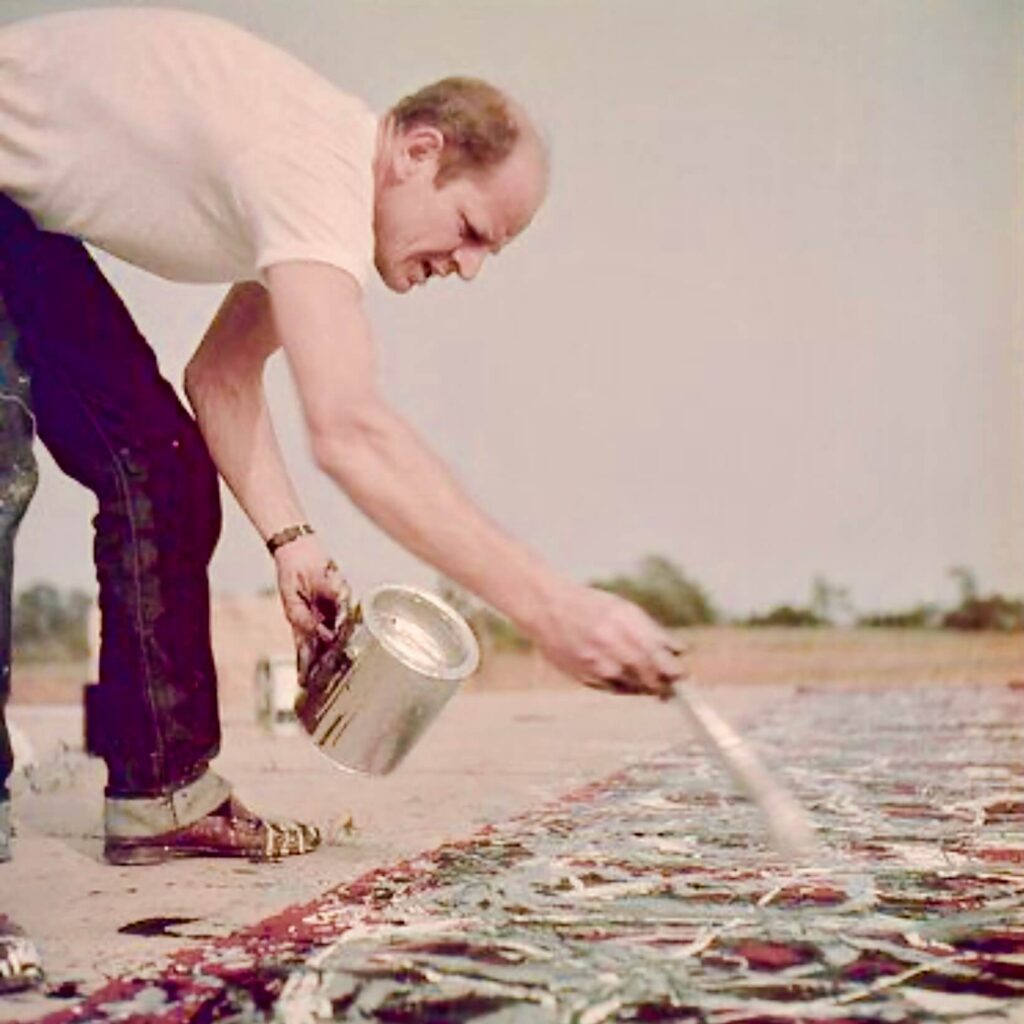Action Painting
Action Painting, a dominant style within Abstract Expressionism, emerged in the United States during the mid-20th century. Characterized by energetic, spontaneous, and often chaotic brushstrokes, this movement emphasized the physical act of painting as an essential aspect of the finished work. The term “Action Painting” was coined by art critic Harold Rosenberg in 1952 to describe the dynamic and performative nature of this approach. This article delves into the origins, key characteristics, notable artists, and the lasting impact of Action Painting on the art world.

Origins and Development
Action Painting developed as a response to the socio-political upheavals of the early 20th century, particularly World War II. The devastation and disillusionment caused by the war led many artists to reject traditional artistic conventions and search for new ways to express their emotions and experiences. The movement was also influenced by earlier avant-garde movements such as Surrealism and Dada, which emphasized spontaneity, chance, and the subconscious mind.
The New York School, a group of artists based in New York City, played a crucial role in the development of Action Painting. This group included figures such as Jackson Pollock, Willem de Kooning, Franz Kline, and Lee Krasner, among others. These artists sought to break free from the constraints of European modernism and create a distinctly American form of abstract art that reflected the energy and dynamism of contemporary life.
Key Characteristics
1. Gesture and Movement: The physical act of painting is central to Action Painting. Artists often used their entire bodies to apply paint, employing techniques such as dripping, pouring, splattering, and brushing with vigorous, sweeping motions. This emphasis on gesture and movement conveys a sense of immediacy and raw emotion.
2. Spontaneity and Improvisation: Action Painting is characterized by its spontaneous and improvisational nature. Artists often worked quickly and intuitively, allowing their subconscious thoughts and emotions to guide their actions. This approach often resulted in unpredictable and dynamic compositions.
3. Large Scale: Many Action Paintings are large in scale, enveloping the viewer and creating an immersive experience. The size of these works allows for expansive gestures and emphasizes the physicality of the painting process.
4. Emphasis on Process: The process of creating the artwork is as important as the finished product. Action painters often left visible traces of their actions, such as drips, splatters, and brush marks, on the canvas. These marks serve as a record of the artist’s movements and decisions.
5. Emotional Intensity: Action Painting is often charged with intense emotion. The bold, dynamic brushstrokes and vivid colors convey a sense of urgency and passion. This emotional intensity reflects the artists’ desire to capture the complexity and turbulence of the human experience.
Prominent Artists
Jackson Pollock (1912-1956)
Jackson Pollock is perhaps the most iconic figure associated with Action Painting. His “drip paintings,” created by dripping and splattering paint onto a canvas laid flat on the ground, revolutionized the art world. Pollock’s technique allowed him to engage with the canvas from all angles, creating intricate, web-like compositions that seem to pulse with energy. Notable works include “Number 1A” (1948), “Autumn Rhythm (Number 30)” (1950), and “Convergence” (1952).
Pollock’s approach to painting was deeply influenced by his interest in Jungian psychology and Native American art. He saw his work as a means of accessing the unconscious mind and expressing primal, universal themes. His drip paintings are celebrated for their complexity, spontaneity, and rhythmic beauty.
Willem de Kooning (1904-1997)
Willem de Kooning’s work is characterized by its vigorous brushwork and bold, gestural forms. Unlike Pollock, who often worked with non-representational imagery, de Kooning frequently incorporated recognizable figures into his compositions. His “Woman” series, in particular, features dynamic, fragmented depictions of the female form, rendered with aggressive, sweeping brushstrokes. Notable works include “Woman I” (1950-1952), “Excavation” (1950), and “Door to the River” (1960).
De Kooning’s paintings are marked by their emotional intensity and sense of movement. His use of bold, contrasting colors and frenetic brushwork creates a sense of tension and vitality. De Kooning’s work is often seen as a bridge between abstract and figurative art, reflecting his belief in the power of the human figure to convey deep emotional truths.
Franz Kline (1910-1962)
Franz Kline is known for his stark, monochromatic paintings featuring bold, sweeping brushstrokes. His work often appears abstract and minimalist, with large black forms set against white backgrounds. These compositions are marked by their dramatic contrast and dynamic energy. Notable works include “Chief” (1950), “Painting Number 2” (1954), and “Mahoning” (1956).
Kline’s paintings are celebrated for their simplicity and power. His use of black and white emphasizes the formal qualities of line and shape, creating a sense of architectural structure and rhythm. Kline’s work is often seen as a meditation on the physical act of painting and the expressive potential of abstract forms.
Lee Krasner (1908-1984)
Lee Krasner, a key figure in the Abstract Expressionist movement, was both a pioneering artist in her own right and a significant influence on her husband, Jackson Pollock. Krasner’s work is characterized by its bold, gestural brushwork and dynamic compositions. Her paintings often feature rhythmic patterns and vibrant, contrasting colors. Notable works include “The Seasons” (1957), “Gaea” (1966), and “Polar Stampede” (1960).
Krasner’s approach to painting was deeply intuitive and process-oriented. She often reworked her canvases multiple times, creating complex, layered compositions. Her work is celebrated for its emotional depth and formal sophistication, reflecting her commitment to exploring the expressive potential of abstract art.
Hans Hofmann (1880-1966)
Hans Hofmann, a German-born painter and influential teacher, played a crucial role in the development of Abstract Expressionism and Action Painting. Hofmann’s work is characterized by its vibrant colors, dynamic brushwork, and use of push-pull spatial dynamics. His paintings often feature bold, geometric shapes set against gestural, abstract backgrounds. Notable works include “The Gate” (1959-1960), “Pompeii” (1959), and “Rising Dawn” (1965).
Hofmann’s teaching and writing emphasized the importance of spontaneity, intuition, and the physical act of painting. He encouraged his students to embrace the expressive potential of abstract forms and to explore the relationship between color and space. Hofmann’s work and ideas had a profound impact on the development of Action Painting and Abstract Expressionism.
The Legacy of Action Painting
Action Painting had a significant impact on the art world, influencing subsequent movements and shaping the course of contemporary art. Its emphasis on spontaneity, gesture, and the physical act of painting opened up new possibilities for artistic expression and challenged traditional notions of what art could be.
Influence on Later Movements
The ideas and techniques developed by Action Painters had a lasting influence on later movements such as Neo-Expressionism, Performance Art, and Process Art. Neo-Expressionist artists, such as Jean-Michel Basquiat and Anselm Kiefer, drew on the emotional intensity and gestural techniques of Action Painting to create works that addressed contemporary social and political issues.
Performance Art, which emerged in the 1960s and 1970s, expanded on the performative aspects of Action Painting. Artists such as Yves Klein and Carolee Schneemann incorporated elements of action and gesture into their performances, exploring the relationship between the artist’s body and the creative process.
Process Art, which emerged in the late 1960s, emphasized the importance of the artistic process and the physical properties of materials. Artists such as Richard Serra and Eva Hesse drew on the ideas of Action Painting to create works that foregrounded the act of making and the materiality of the artwork.
Contemporary Art
The legacy of Action Painting can be seen in the work of many contemporary artists. The emphasis on gesture, spontaneity, and the physical act of painting continues to inspire artists working in a range of media. Painters such as Julie Mehretu, Cecily Brown, and Mark Bradford draw on the techniques and ideas of Action Painting to create dynamic, expressive works that engage with contemporary themes and issues. Even realist artists and painters focusing on nature art prints can be heavily influenced by action painting.
Art and Technology
The performative and process-oriented aspects of Action Painting have also found new expression in the digital age. Artists working with digital media and technology have adapted the principles of Action Painting to create works that explore the relationship between human gesture and digital processes. Interactive installations, digital painting software, and virtual reality environments allow artists to engage with the physicality and spontaneity of Action Painting in new and innovative ways.
Conclusion
Action Painting represents a pivotal moment in the history of modern art. By emphasizing the physical act of painting and the expressive potential of gesture and movement, artists such as Jackson Pollock, Willem de Kooning, Franz Kline, Lee Krasner, and Hans Hofmann created works that continue to captivate and inspire viewers. Their contributions to the field of art have left an enduring legacy, influencing subsequent movements and shaping our understanding of the emotional and physical dimensions of artistic expression. As we continue to explore the possibilities of contemporary art, the lessons and innovations of the Action Painters remain as relevant and impactful as ever.



